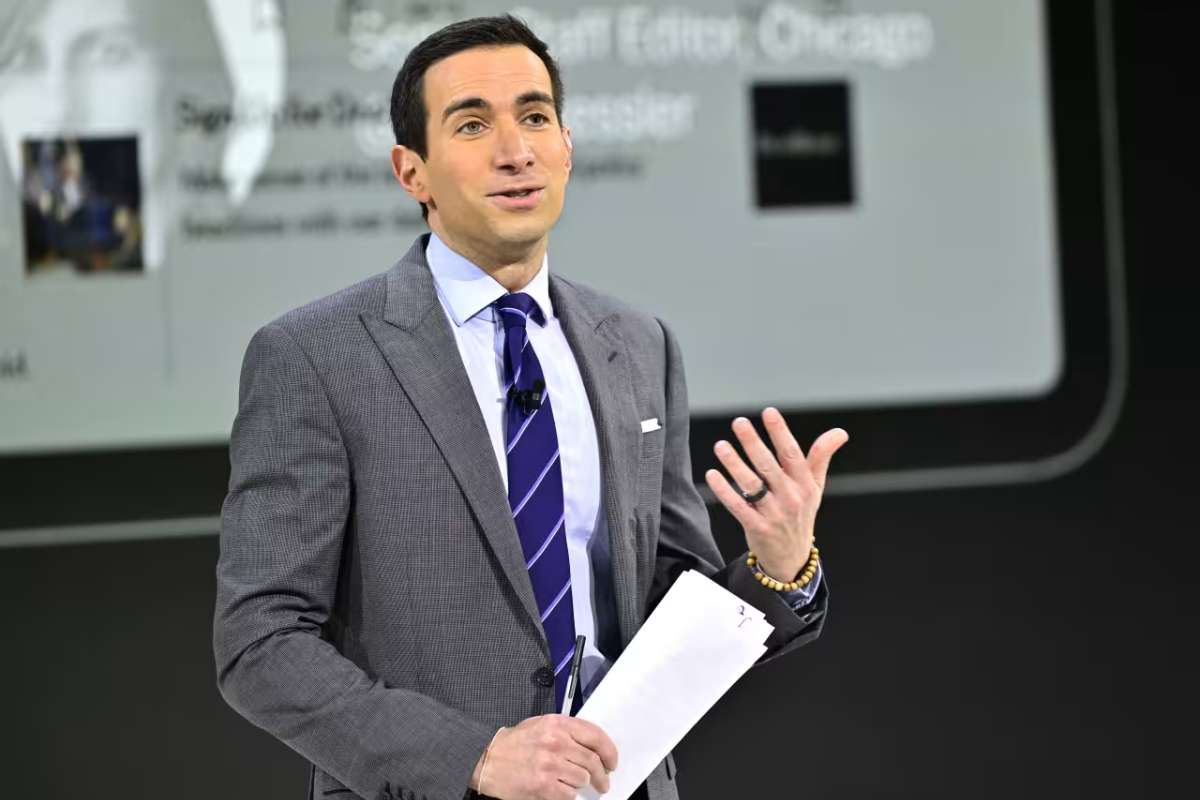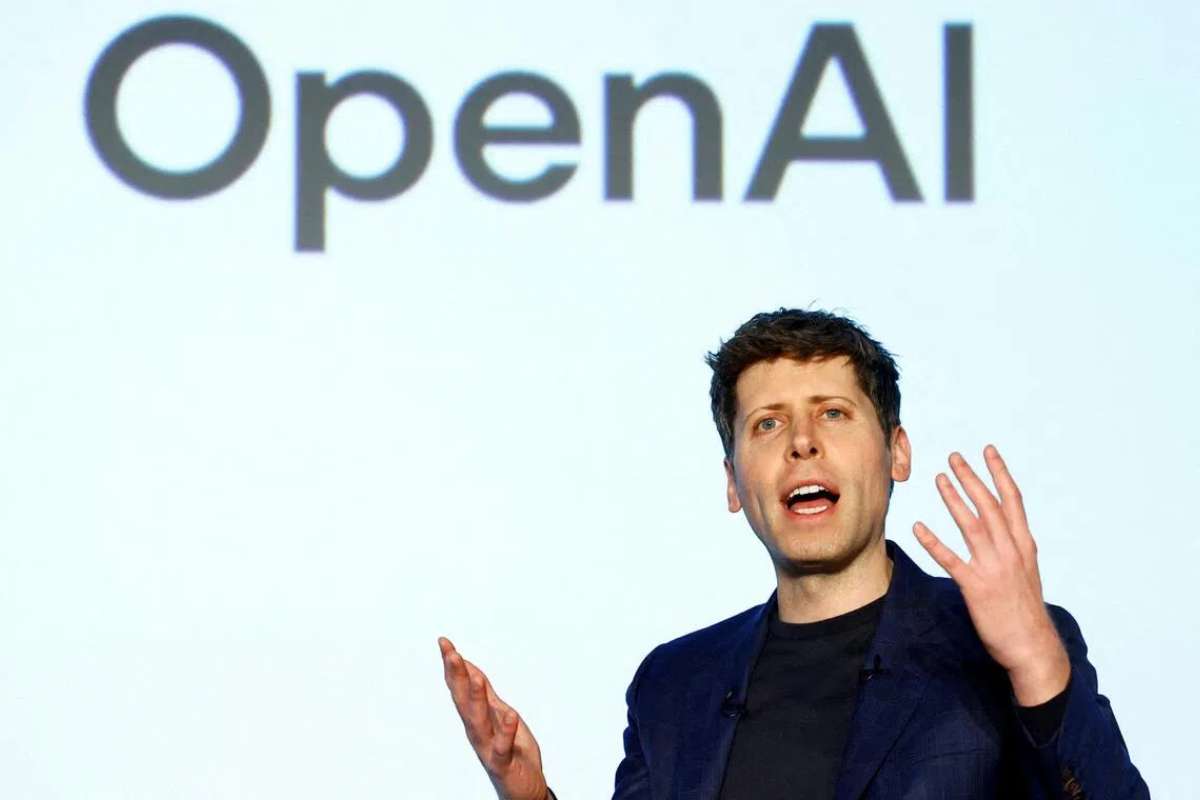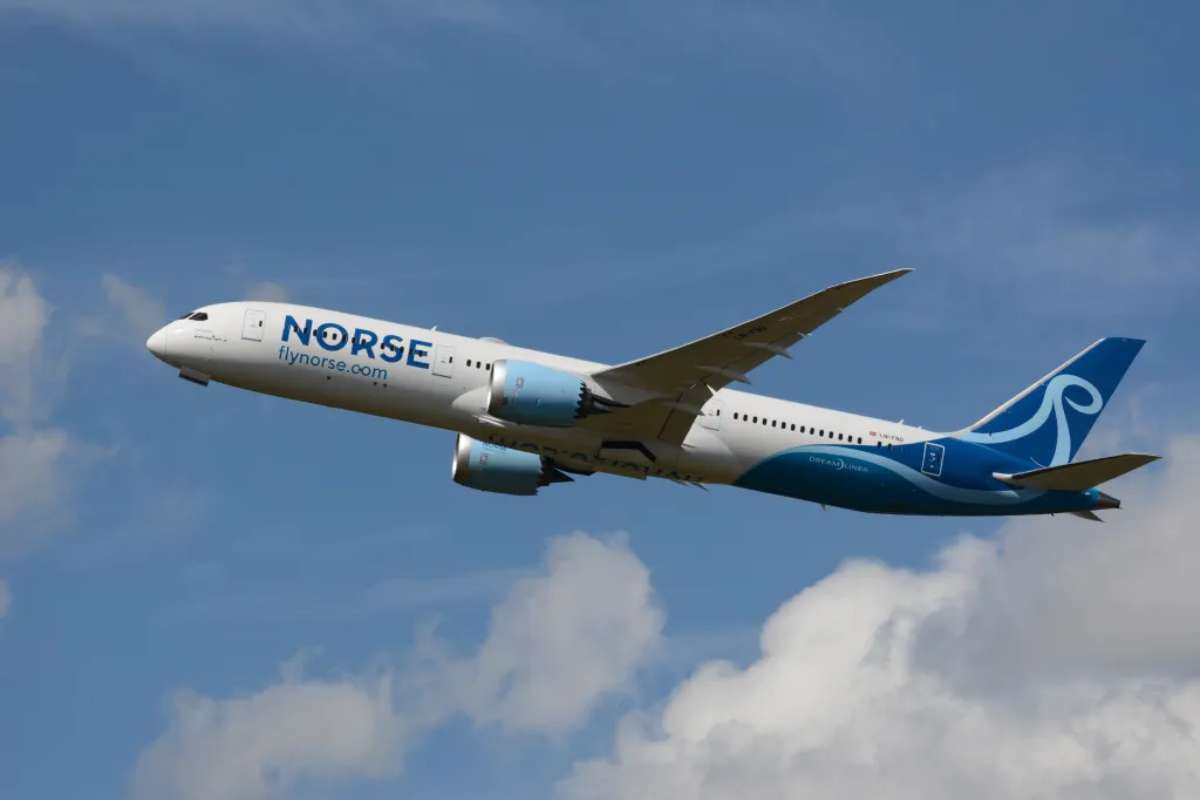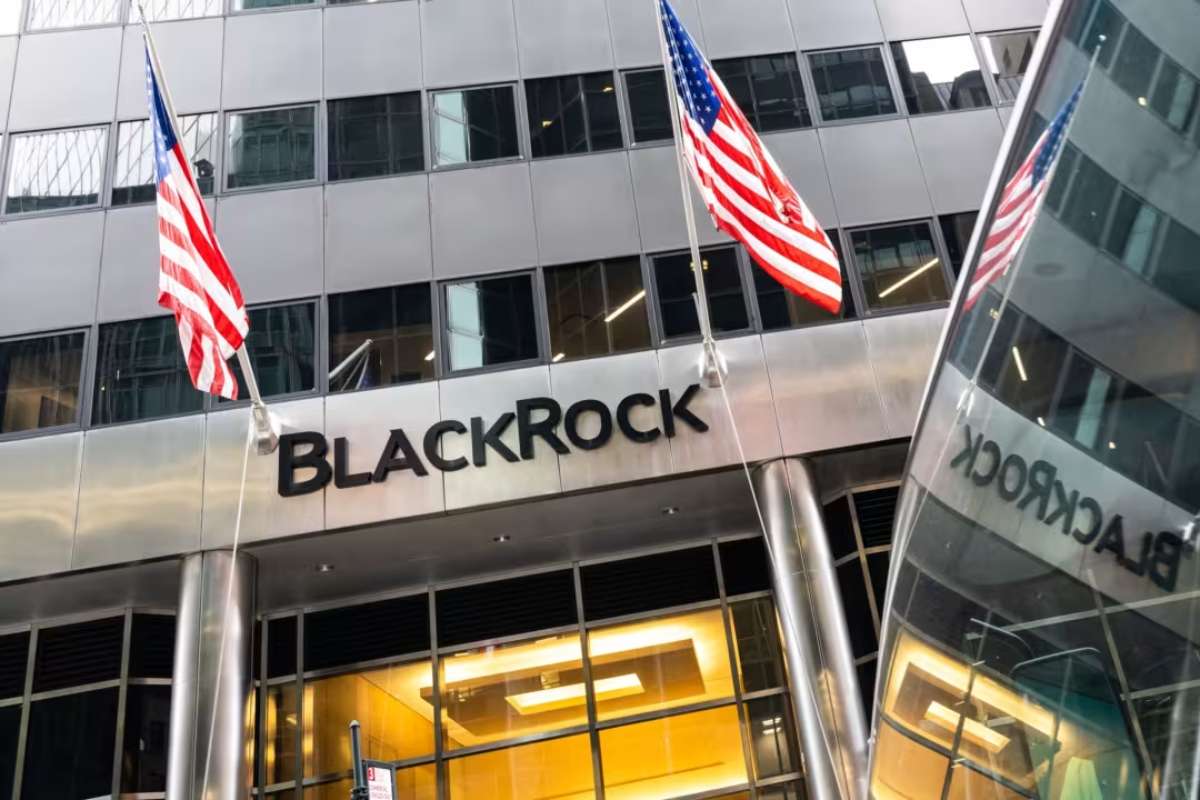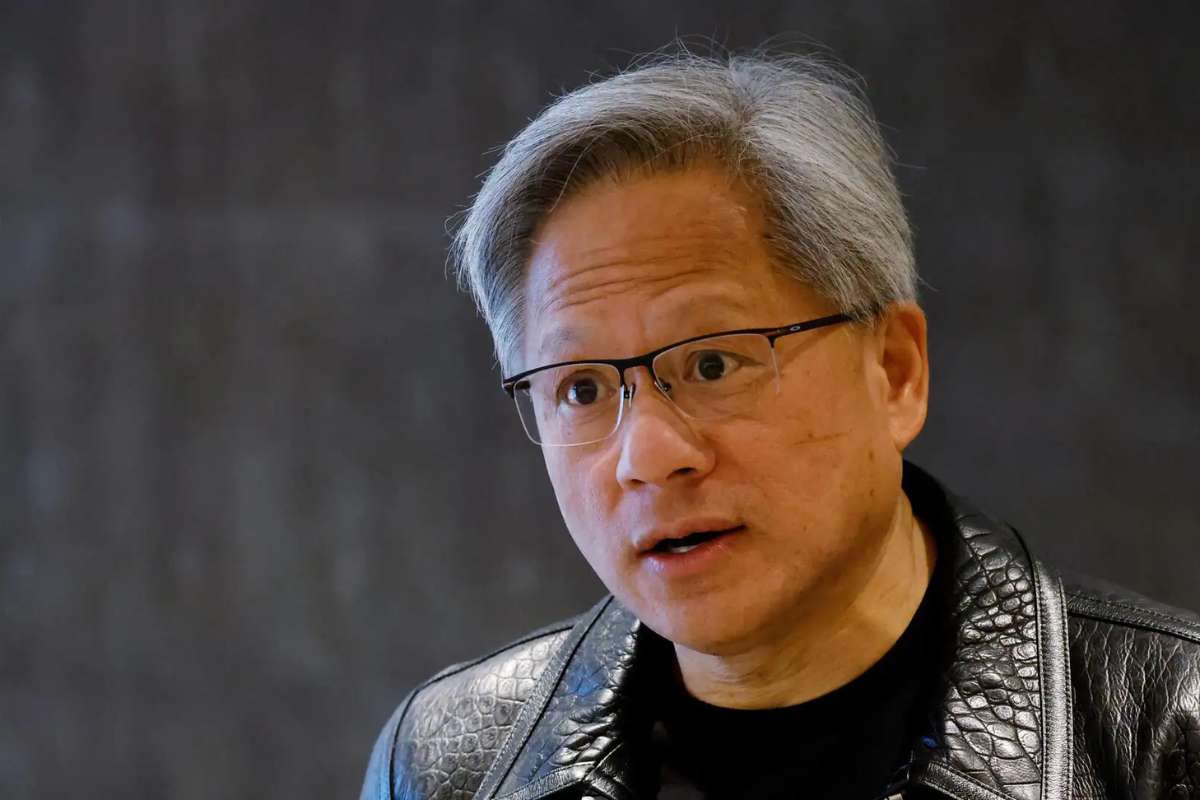Key Points:
- Sorkin warns markets resemble 1929 crash conditions.
- AI boom may be inflating a risky bubble.
- A sudden market crash is likely inevitable.
Financial journalist and author Andrew Ross Sorkin has issued a stark warning about the state of global markets, suggesting that the current economic surge may mirror the speculative mania that preceded the 1929 Wall Street crash. Drawing from his extensive research for his upcoming book, 1929: Inside the Greatest Crash in Wall Street History, Sorkin noted striking similarities between past and present, particularly the role of unchecked optimism, high leverage, and weakening financial safeguards.
Speaking recently, Sorkin admitted to feeling uneasy about how overextended markets have become, emphasizing that while innovation and artificial intelligence (AI) are reshaping industries, they might also be fueling a speculative frenzy detached from real economic value. He observed that billions are pouring into AI-driven ventures, creating an illusion of unstoppable growth. However, he cautioned that the sheer volume of capital, paired with loosening regulatory oversight, could lead to what he described as a “boom built on air.”
According to Sorkin, the conditions that create bubbles often emerge during moments of widespread confidence when markets appear unshakable. He warned that a market collapse won’t happen gradually, but rather “snap suddenly” once investor sentiment turns.
Rising Bubble Risks and the AI “Sugar Rush”
Andrew Ross Sorkin believes today’s markets are being “propped up almost artificially” by the AI boom, which has captivated investors, corporations, and governments alike. He referred to this surge as both a “gold rush” and a “sugar rush,” suggesting that while the technology has undeniable transformative power, its valuation may have outpaced reality.
The relentless rise of AI-linked stocks, combined with record-high valuations in major indices, has raised concerns among other financial leaders as well. Several analysts have compared the current climate to previous bubbles from the dot-com era of 2000 to the housing market crash of 2008, both of which were characterized by euphoric speculation and a disregard for underlying fundamentals.
Andrew Ross Sorkin also pointed to a dangerous mix of factors amplifying market risk: investor overconfidence, weakening guardrails on financial regulation, and easier access for retail investors to high-risk assets. As money flows faster into emerging technologies, he warned that leverage across sectors is quietly building up. “We’ve seen this movie before,” he remarked, suggesting that history may once again be on the verge of repeating itself.
Though he refrained from predicting a precise timeline for a correction, Sorkin was clear about the inevitability of one. “We will have a crash,” he said, noting that bubbles do not deflate slowly; they burst when trust evaporates.
What Investors Should Take Away
While Andrew Ross Sorkin’s remarks have reignited debate among economists, opinions remain divided. Some analysts argue that the ongoing rally reflects legitimate growth, supported by strong corporate earnings and technological innovation. Others, however, share Sorkin’s concern that investor enthusiasm has overtaken reason, with valuations climbing beyond what long-term fundamentals can justify.
The parallels between 1929 and today, though imperfect, serve as a cautionary reminder of how confidence-driven booms can quickly unravel. History has shown that markets often rise on momentum and fall on emotion, and Sorkin believes that the current cycle is no exception.
His message to investors is not one of panic but of perspective. Vigilance, he says, should replace complacency. The surge in AI and tech investment could indeed reshape the economy for the better, but if speculation continues unchecked, the consequences could be severe. For now, markets continue to rally, but beneath the optimism, the warning signs are growing louder.
Visit Visionary CIOs for the most recent information.

